공유하기
Treasures of Mankind in Danger due to War and Urbanization
- 동아닷컴
-
입력 2010년 8월 17일 00시 00분
글자크기 설정
OUV, which stands for outstanding universal value, is the acronym most often used in describing world heritage sites designated by the United Nations Educational, Scientific and Cultural Organization. One and only or rare historic sites that are recognized with this mark may become a UNESCO world heritage property. Since UNESCO adopted the Convention Concerning the Protection of the World Cultural and Natural Heritage in 1972, 187 nations have signed the treaty while 911 properties in 151 countries have been named world heritage sites.
The annually-held world heritage committee sessions are grounds for a competitive diplomatic battle among nations to get their historic monuments listed as a world heritage.
However, candidate sites are limited to 45 a year while the selection process is rigorous. Following application by a nation, experts affiliated with UNESCO advisory bodies such as the International Council on Monuments and Sites and the International Union for Conservation of Nature visit the site to recommend, reject or defer their recommendation for designation as a world heritage. Based on their suggestions, it may take more than three years for the UNESCO committee of 21 nations to make their final decisions.
Among the world heritage properties, 34 have been put on the world heritage in danger list. The Bamiyan Valley in Afghanistan, destroyed by the Taliban, and sites in Iraq, damaged by war, are examples. In the case of the Democratic Republic of Congo, which has been suffering from a long civil war, all five of its world heritage properties are on the endangered list. These properties have been receiving help from the international community, including emergency funding from UNESCO. The Old City of Dubrovnik in Croatia and the Wieliczka Salt Mine in Poland succeeded in escaping the endangered list due to continued restoration and maintenance.
▼ UNESCO World Heritage in Danger
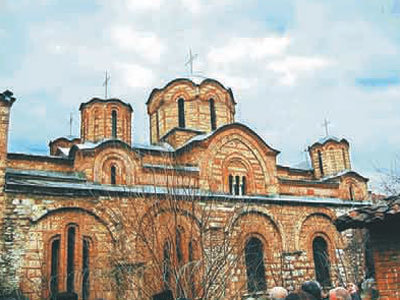
Medieval Monuments in Kosovo, Serbia:
Reflects the high points of the Byzantine-Romanesque ecclesiastical culture with its distinct style of wall painting, which developed in the Balkans between the 13th and 17th centuries. Was placed on the world heritage in danger list due to difficulties in management and conservation stemming from the Kosovo conflict.

Old City of Jerusalem and its Walls:
About 220 historical monuments abound in this holy city for Christianity and Islam. Site was proposed by Jordan under complex international political situation, but tourism, lack of maintenance and urban development have been damaging the area. Listed as a heritage in danger in 1982.
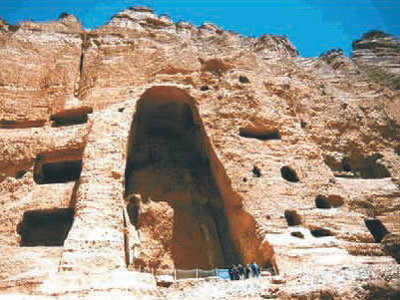
Cultural Landscape and Archaeological Remains of the Bamiyan Valley in Afghanistan:
Represents the artistic and religious developments of ancient Bakhtria, which influenced the Gandhara school of Buddhist art. The area contains numerous Buddhist monastic ensembles and sanctuaries, as well as fortified edifices from the Islamic period. Was placed on the world heritage in danger list in 2003 due to risks of robbery as well as the destruction of two standing Buddha statues by the Taliban with rocket fire.

Bam and its Cultural Landscape in Iran:
Representative example of a fortified medieval town built with mud layers in the desert. Founded during the Achaemenid dynasty which lasted from the 6th to 4th centuries BC and reached its height between the 7th and 11th centuries as city was at the crossroads of important trade routes. A large part of the area was destroyed by an earthquake in 2003, including castle walls at the site, after which it was designated as a world heritage in danger in 2004.
▼ Examples of Success in Restoration and Preservation
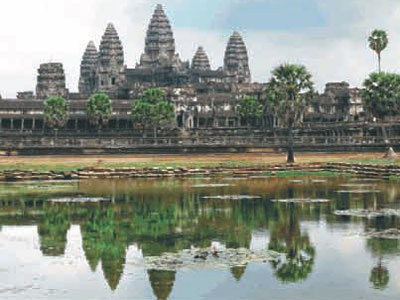
Temple of Angkor Wat in Cambodia:
Retains the culture and history of the Khmer Empire which existed from the 9th to the 15th century. One of the most important archaeological sites in Southeast Asia. Much of the site was destroyed due to robbery and landmines buried by the Khmer Rouge, but the temple has been successfully restored with the help of UNESCO since 1993.
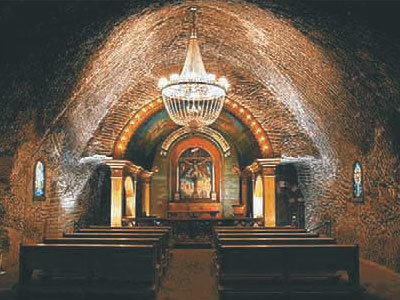
Wieliczka Salt Mine in Poland:
One of the 12 sites initially named by UNESCO as world heritages in 1978. Beautiful salt-made altars, figures and carvings on walls in underground salt mine were damaged as mine became humid due to poor ventilation. Was successfully restored after nine years of work including the installment of a dehumidifying system.
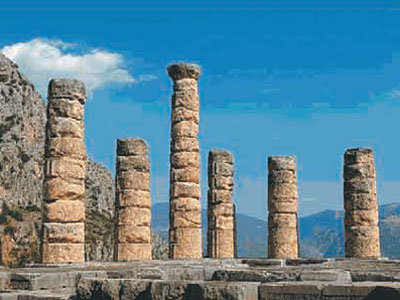
Archaeological Site of Delphi in Greece:
Remains of shrine, columns and amphitheater on rocky mountain 500 meters above sea level. Plans to build an aluminum factory near the archaeological site in 1987 was thwarted following pleas by UNESCO and international community, successfully retaining value of property.
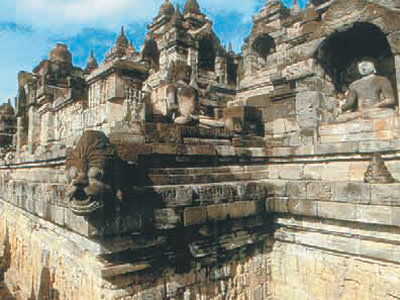
Borobudur Temple Compounds in Indonesia:
Buddhist temple built between 8th and 9th centuries was forgotten beneath thick leaves of jungle for almost a thousand years before rediscovery in the 19th century. UNESCO and the world community excavated the site for more than 10 years since 1972, resulting in a successful restoration.
-
- 좋아요
- 0개
-
- 슬퍼요
- 0개
-
- 화나요
- 0개

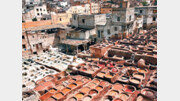





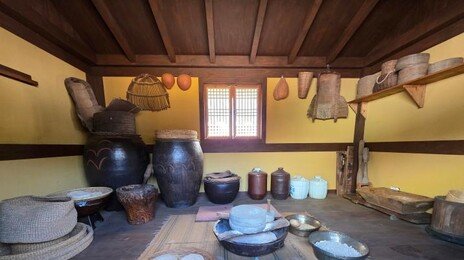
댓글 0